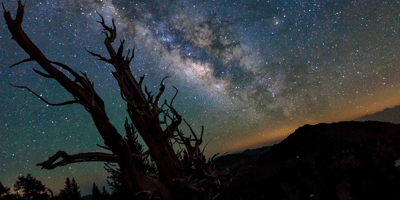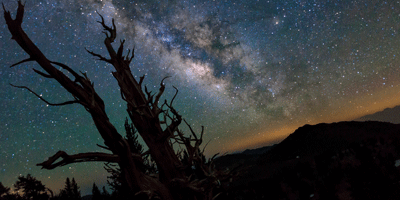Cosmological Hat Trick
In their attempts to puzzle out the of the universe that isn’t common old ordinary stuff, astrophysicists appear to be settling on a model for the unseen mass and energy called ΛCDM (shorthand for cosmological constant plus cold dark matter). The model has met with success for large-scale structures in the universe, but suffers from three shortcomings on smaller scales: observations show fewer faint, small galaxy-forming regions than predicted; ΛCDM predicts a different internal galactic distribution of dark matter than observed; and the largest and densest satellites of the Milky Way predicted by simulations haven’t been observed. Writing in Physical Review Letters, Laura van den Aarssen at the University of Hamburg, Germany, and colleagues propose a new kind of long-range interaction among dark matter particles that addresses all three problems in one go.
The core of the authors’ hypothesis is their suggestion that an as yet unknown lightweight particle, which mediates the long-range interaction, couples to both dark matter particles and neutrinos. Such particles would induce velocity-dependent interactions between dark matter particles that, in the authors’ modeling, takes away more dark matter at galactic cores, consistent with observations, and resolves the questions of how smaller galaxies could form.
While much more work is needed to flesh out this framework, the authors say that the hypothesized particles may decay into neutrinos with energy around tera-electron-volt, and if so, this signature might be detectable with future observations of the Milky Way by the IceCube neutrino detector at the South Pole. – David Voss





